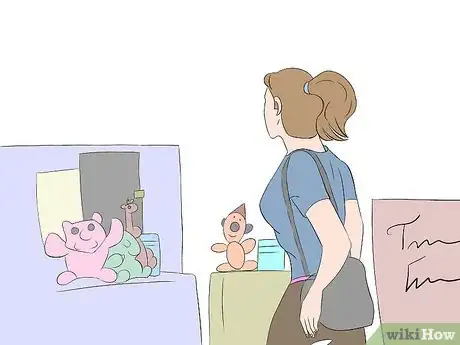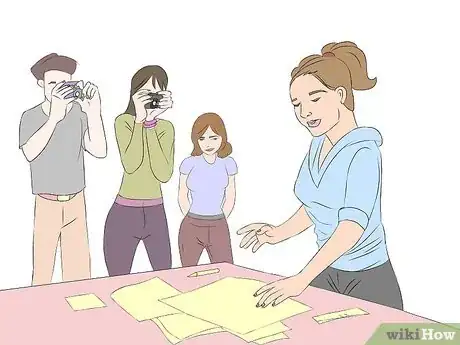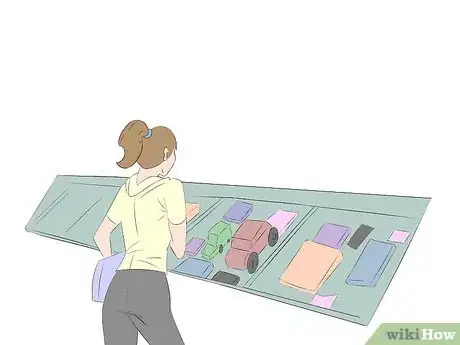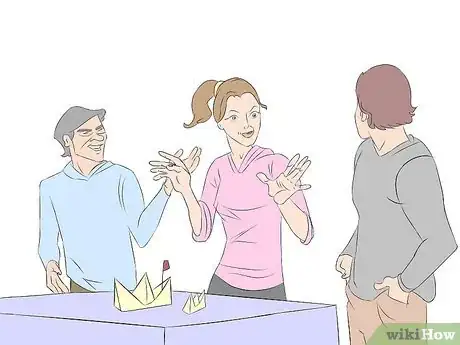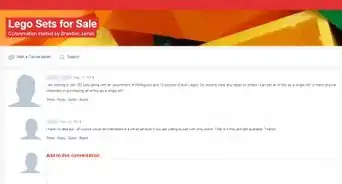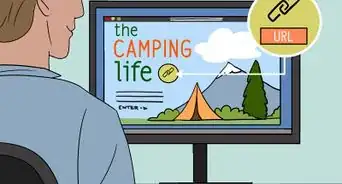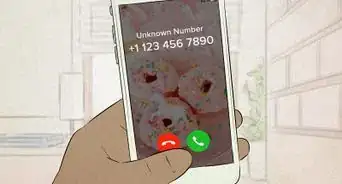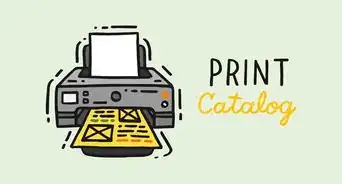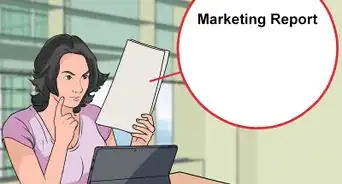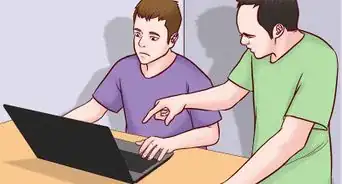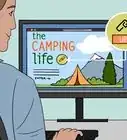This article was co-authored by Jeremy Rutman, PhD. Dr. Jeremy Rutman is a Patent Attorney and the CEO and Founder of RutmanIP, a boutique intellectual property firm in Israel. With over 15 years of experience, Dr. Rutman specializes in drafting patent applications in various fields such as physics, computer hardware and software, electrical engineering, mechanical engineering, green energy, and software. He holds a BS degree in Physics from Harvard University, where he graduated cum laude, and an MS and Ph.D. in Physics from the Technion - Israel Institute of Technology. Dr. Rutman has extensive experience turning start-up ideas into strategic assets and has published his work in many leading professional journals in the field.
wikiHow marks an article as reader-approved once it receives enough positive feedback. In this case, several readers have written to tell us that this article was helpful to them, earning it our reader-approved status.
This article has been viewed 115,598 times.
While toys and games are fun for all ages, the toy business is anything but child's play. If you have a game or toy and you're seeking to bring it to market, the task can seem daunting. Questions about manufacturing, distribution, shipping, packaging and marketing might seem overwhelming at first. In this article though, you'll learn that the trick is to tackle these things one at a time to ensure effective entry into the toy market.
Steps
-
1Make a prototype. This process will probably take several steps and revisions, so don't invest too much money in your first mock up. Test thoroughly and make revisions to the rules or physical make up of the product before committing to something expensive like a molded prototype.
-
2Get a patent. The process is simple and inexpensive. The toy business is as brutal as any other and a good concept will get co-opted by other companies quickly if the legal avenue to doing so has not been closed.Advertisement
-
3Go to a toy trade show. Don't rent a booth yet, it's far too early for that. Still, it's worth the entry fee to go to one of these shows and see how they work. The International Toy Fair in NYC is the world's largest, but there are a number of regional toy and game trade shows as well. Spending a day at one of these events will allow you to research products similar to yours, network with manufacturers, and meet and greet with influential toy buyers.
-
4Ask yourself how involved you want to be. If you have a concept heavy product (namely, a toy that uses new technology or takes an existing toy in a radically new direction), it might be possible to market the patent directly to an existing toy company. Usually, this is not the case. Launching a new toy entails a huge financial investment and few large toy companies will invest in a patent for a toy or game that hasn't yet established a sales record.
-
5Consider your market. Is this a toy that will appeal to infants, adolescents, or teens? Is it a game that can be marketed to adults as well as children? Will it appeal to people of a particular background or from a particular area more than others? Will it be expensive or inexpensive? Is it a one time purchase or a collectible? Answering these questions early will make the rest of the process much easier.
-
6Design your packaging. If you're starting out from scratch, odds are good that you'll have to compromise and use the simplest packaging that will be effective. Ask yourself the basic questions first:
- What type of packaging do you need?
- Can your toy be sold loose in a counter top display or does it need to come in a box?
- Should the product be covered with a photo on the front or should there be an acetate window so that the consumer can see it?
- If you don't have artistic skill, it might be best to find a friend that can help you with logos, etc. Professional graphic designers are expensive and at this stage they will not help you much. It is only once your toy or game establishes a record of sales that you'll need to bring in the big boys.
-
7Consider how you'll go about manufacturing the toy. The questions about manufacture will vary greatly depending on what type of toy or game you've created. Card game and board game designers can use custom services that specialize in creating inexpensive, high quality freelance games. If your toy is plastic or athletic in nature, you'll most likely have to turn to an overseas manufacturer to produce it at a price that will allow you to stay competitive.
-
8Develop an action plan. Remember, you won't be trying to sell this toy to kids. You'll be trying to sell it to toy stores and retail outlets and to do so, you will have to convince them that your product will move.
- How will your toy be sold?
- Does it expand on a familiar line of toys or is it a new concept?
- If it's new, will people know what it is right away or will it have to be demonstrated?
-
9Start locally. It won't do you much good to bring your prototype into the local Toys R Us or chain outlet since nobody at the location would have the authority to put it on the shelves. Instead, start with locally owned and independent retailers. Smaller stores are always looking for the latest products so that they can offer their customers something the larger stores can't. Developing a good relationship with local toy store owners will do more than get your product on the shelf; they can radically influence their customer's purchasing decisions with a quick recommendation. If your toy sales are successful, local word-of-mouth becomes invaluable.
-
10Be creative and think laterally when looking for retail locations. Just because your product is a toy doesn't mean you're limited to toy stores. If the toy encourages activity, it might do well in a sporting goods outlet or a nature-themed store. If it ties into skateboarding, you might find success in skate shops. Don't be afraid to try a store that might not make sense for your product. Remember, the store owner knows their customer better than you and might feel like your toy is a perfect fit even if you do not.
-
11Think about ancillary products. Is your toy a one hit wonder or can it be expanded into a line of toys? Can your toy have accessories? Can it be made into a collectible? Are there similar products that could sell alongside it? Maximizing each sale is the fastest way to long-term success.
-
12Don't give up! Don't be discouraged by early failures. This is all part of the learning process. If you strike out on a sale, ask yourself what you could have done better, adjust your pitch and keep trying.
Warnings
- If you can do it yourself, do it yourself. There are a number of unscrupulous predators out there that will offer you PR services, distribution and financial planning, but odds are good that you won't need these services until you have established a market. Carefully weigh any solicitations for help and never pay somebody to do something until you've tried to do it yourself first.⧼thumbs_response⧽
Things You'll Need
- Prototype
- Patent
- Sales pitch


